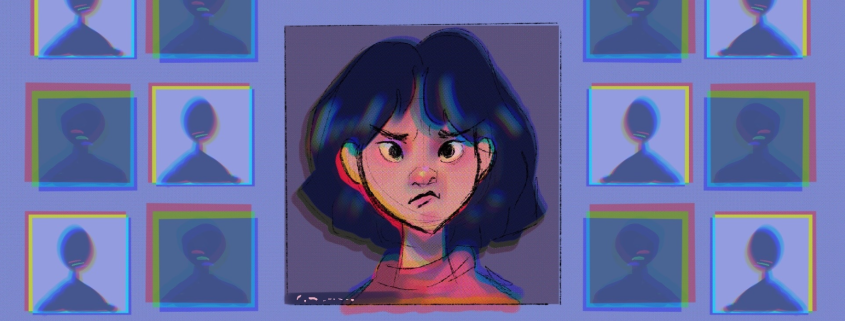The Annenberg curriculum almost made me quit

If you search online for the best university journalism programs, USC’s Annenberg School for Communication and Journalism will likely pop up in the top five. The strong journalism program is why I committed here; I thought the curriculum was going to be amazing.
As a freshman taking my first Annenberg classes, I was beyond excited to see what all the buzz was about. I had extremely high expectations. I thought I was in for a life-changing experience that would affirm my choice of being a journalism major, but the freshman curriculum did the exact opposite.
During my first semester, I took “Navigating Media and News in the Digital Age” as a required course. The course is structured into two weekly sections: two 80-minute lectures and one 50-minute lab. Each week, the professor would talk about different aspects of contemporary news and media and how the field has evolved over the years.
Admittedly, the lecture material included important concepts that could build on students’ journalistic experiences, and my professor was always encouraging, friendly and open to talking to all his students. However, Annenberg needs to reformat or shorten the class to make lectures more engaging.
In the beginning, like other students, I attempted to take notes during class. But notetaking proved to be difficult because the content felt so dense, yet general at the same time. In the end, my friends and I didn’t take notes at all. Moreover, the lectures more often than not didn’t help with the lab, which made focusing in class even more impossible.
Because I didn’t find the lectures appealing, I started to question whether I chose the right major or university. I was wracked with guilt because this prestigious journalism program was why I declined lower tuition at equally great universities. If I didn’t want to pursue journalism now, I felt like I just wasted $80,000.
The lectures planted an important question in my head that I wouldn’t figure out the answer to until the end of the year.
Despite the mundane presentations, I found the labs very interesting and enjoyed them thoroughly. It was the class’s only redeeming factor. We created videos using Adobe Premiere Pro for a cause we wanted to highlight. We made our own website. We even manipulated images through Adobe Photoshop to create new meanings. The assigned activities were both useful and engaging. Not only were these activities fun because we were able to personalize our projects, but these technical skills can also easily be applied across many job markets.
The next semester, though, I took the infamous “Culture of Journalism: Past, Present and Future” as my second required course of the year. The class explored the history of journalism through lectures and film. In theory, it sounded great. But in reality, it was one of the most boring classes I had ever taken at USC, and it seems like that’s the consensus among my peers.
“It was SO HARD [to] pay attention to [the] lectures and they were very repetitive,” wrote one user on Rate My Professor. “[The professor] has good experience as a journalist, but his midterm and final exams were ridiculous. Easily took me over thirty hours to craft over twenty page responses to the exams with a ton of sources and he still found minor things to knock down points for.”
Admittedly, the professor gave us an ample amount of time to finish our work and was generous in extensions. However, the only sources we were allowed to use were his book, his videos and his lectures. Footnotes became more important than the actual content, turning what would have been a four- to eight-hour exam to a 10- to 15-hour one. Moreover, the work that we submitted was basically a regurgitation of the professor’s script and didn’t really incorporate our own thoughts. Originality was borderline discouraged.
Because of these two Annenberg classes, I honestly thought of changing majors. These classes didn’t give me the glimpse into the journalism field that I had hoped for. If anything, it demotivated me. I even went to career counseling at the Career Center because I was so lost. I wanted to become a journalist, but my classes truly made me second-guess this assertion.
There is a happy ending, though. My mindset changed for the better after taking an Annenberg broadcast workshop hosted and taught by professor May Lee. The four-hour workshop taught me more about journalism than any Annenberg class I had taken that year.
Her workshop was engaging, personal and interactive. Within such a short amount of time, we were able to practice a variety of skills from reading the teleprompter to testing out live reporting. After every practice run, she would give us detailed feedback, and our peers would also be able to give suggestions. This is what the freshman journalism curriculum should’ve been like: unique, fun, and condensed. Out of all the experiences I’ve had in Annenberg, Lee’s workshop was the only thing that reminded me of why I wanted to become a journalist.
Although I don’t know what’s in store for me at Annenberg next semester, I’ve heard from other journalism students that “it gets better.” But I don’t think that my experience should “get better” — it should’ve started off strong.

